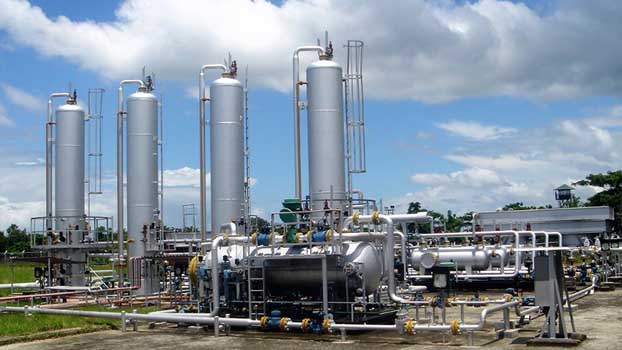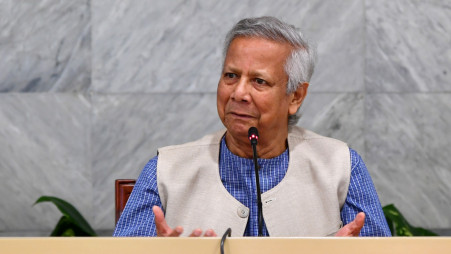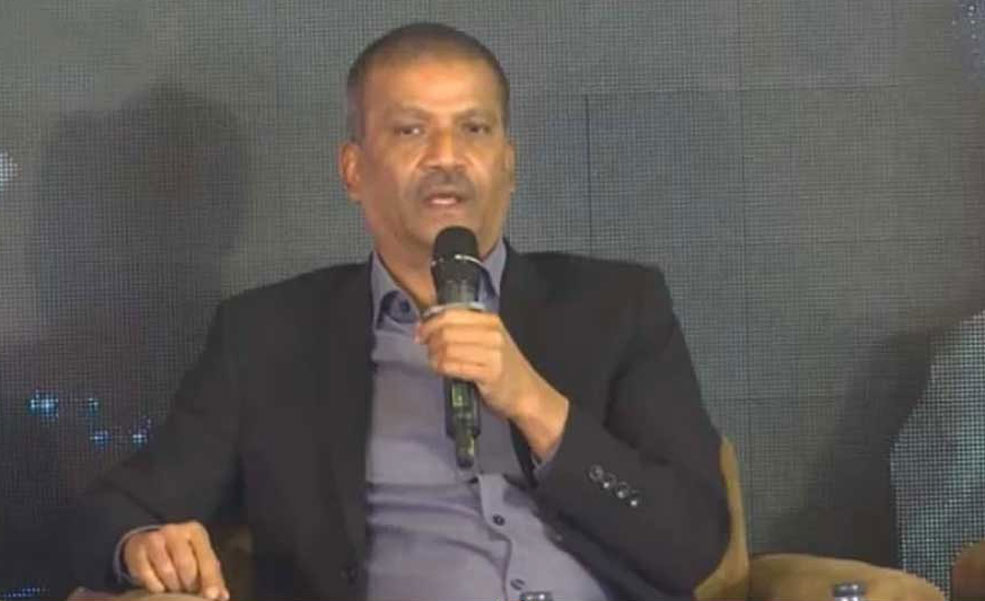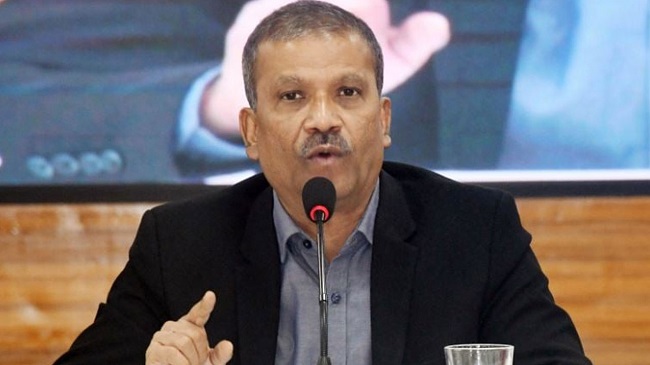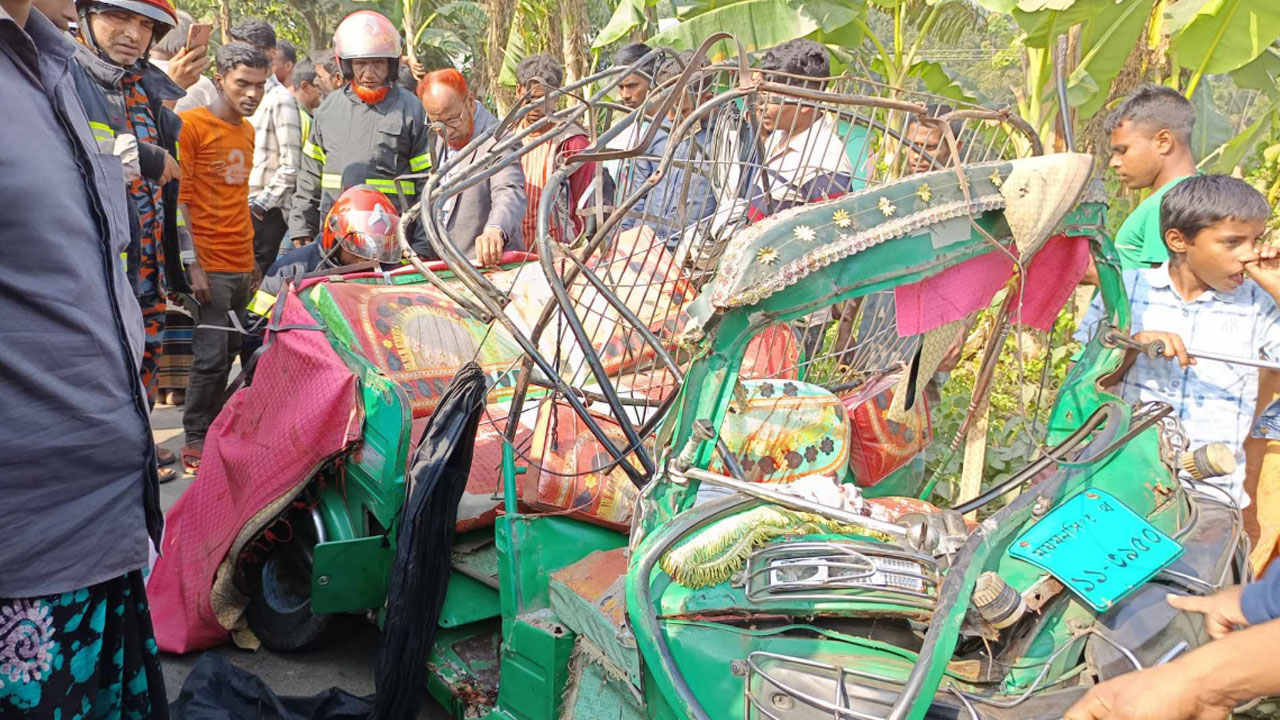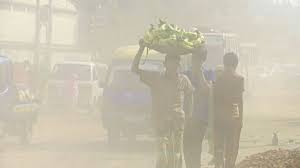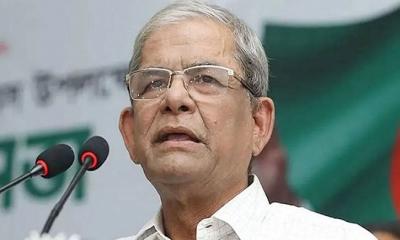The country’s natural gas supply has doubled over the last decade spurring economic growth thanks to various measures of the government.
Energy Division data show the current gas supply stands at around 3,200 million cubic feet per day (mmcfd), which include around 650 mmcfd of regasified liquefied natural gas (RLNG), against 1,744 mmcfd in 2009.
The country has the capacity to produce another 350 mmcfd of RLNG from LNG but cannot supply the gas to the national grid due to the low capacity of the pipeline.
The state-run Bangladesh Petroleum Exploration and Production Company Limited (Bapex) discovered four new gas fields in the last decade.
Besides, a two-dimensional seismic survey in around 29,000 line kilometers and a three-dimensional survey in 5,236 square kilometers were conducted for oil and gas exploration. Geological survey was also done in around 20,000 line kms.
The government has taken various types of initiatives to meet the demand for energy. A new entrepreneur-friendly PSC in the energy sector has been formulated. Moreover, the government has taken several steps to boost the coal sector.
A new horizon has been exposed in the sea after settlement of maritime boundary with Myanmar and India.
Cross-border energy trade will get momentum. Bangladesh is well prepared to meet the energy demand and ensure the supply of uninterrupted energy for achieving the 7FYP, Vision-2021, SDG-2030 and Vision-2041, according to the Energy Division.
State Minister for Power, Energy and Mineral Resources Nasrul Hamid said the development of the energy sector is the key factor for continued development of the country.
There has been remarkable success in the power and energy sector during the last decade.
“Bangabandhu had taken a landmark decision to buy five gas fields on August 9, 1975 in a fragile post-independence country. Because of his bold decision, the foundation of the energy sector has been laid. At the time, many big countries, including Nigeria, handed over their gas to foreigners,” he said.
Nasrul Hamid said ‘We had given more time for the development of the power sector in the previous years. Now, we’ll concentrate more on the energy sector.’
“The government is working to ensure affordable, quality power and energy and good governance for sustainable growth of this sector. The government has opened up the scope of using multi-energy sources to reduce any future risk posed by over dependence on any specific sort of energy,” he added.
Hamid said money is no more a problem for implementing power and energy projects but the problem remains inadequate manpower.
When the Awami League-led government assumed office in 2009, total gas production capacity was 1744mmcfd, which is now 3760mmcfd including 1000mmcfd of LNG. The country’s gas fields were 23 and now, 27.
A total of 1225 km new gas transmission pipeline is now underway and around 900 km has already been done.
Three gas compressor stations have been set up to keep the gas pressure high in the gas transmission pipeline.
Besides, work has started on installation of 260,000 prepaid gas meters in Dhaka and Chattogram.
The supply of fuel oil has increased to 45.89 lakh metric tons.
During the tenure of the present government, four new gas fields named Sundalpur, Srikail, Rupganj and Bhola North have been discovered.
In order to enhance the technical capacity of Bapex, necessary equipment has been procured for conducting research activities including purchase of 4 modern rigs and rehabilitation of 1 rig.
Bangladesh Petroleum Exploration and Production Company Limited has taken initiative to dig two new wells to explore gas from 2019 to 2021, 13 wells from 2022 to 2030 and 20 wells from 2031 to 2041.
Work has been started to set up a 130 km long India-Bangladesh Friendship Pipeline from Siliguri terminal of Numaligarh Refinery in India to Parbatipur in Bangladesh to ensure uninterrupted supply of fuel in the northern part of the country.
At present, crude / refined fuel oil imported from abroad is unloaded from mother vessels in the deep sea of the Bay of Bengal by small vessels, for which time and money needed, the amount of system loss is higher.
In this context, a deep sea floating unloading facility has been set up for quick, easy, safe and cost-effective unloading of imported oil directly from the ship through crude oil and from there through subsea pipeline directly to ERL’s tank for refined fuel oil.
The ‘Single Point Mooring (SPM) with Double Pipeline’ project is being implemented, which will run this year and save taka 1000 crore per year.
The total supply of liquefied petroleum gas (LPG) in January 2009 was 45


